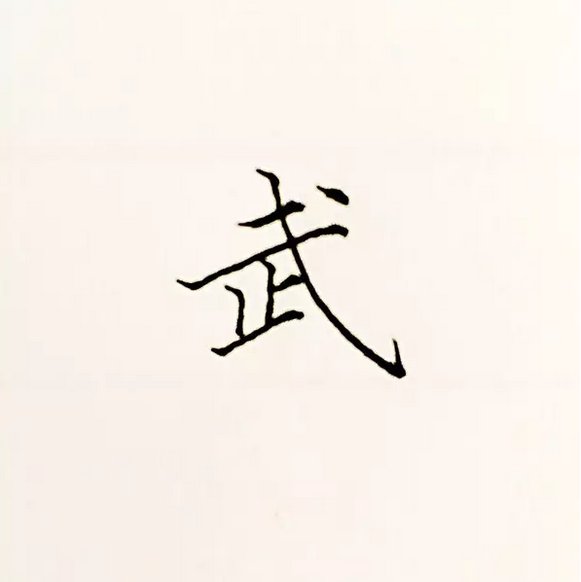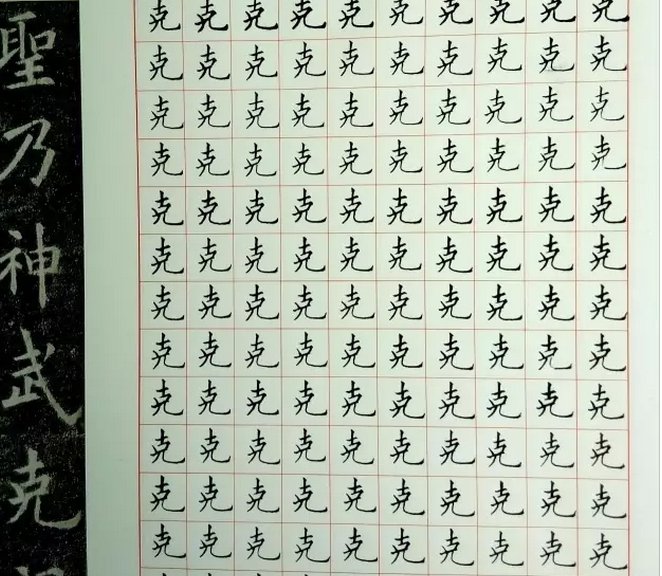The quality of a person's handwriting throughout his or her life depends largely on the junior high school stage. In elementary school, when practicing block script, the emphasis is on quality and the speed of writing is not high; in high school, it is necessary to practice regular script, which is focused on good and fast writing, which is also required for exams. Therefore, the transitional period of junior high school is very important. If the handwriting is well written in junior high school, students can benefit from it throughout their lives. As the learning tasks in high school increase, the amount of writing also increases. If you write quickly, you can save time to do more things, improve learning efficiency, and make it easier to achieve good results.

But in real life, 90% of high school students think that their handwriting is not good-looking, so how can high school students practice calligraphy most effectively? 15 Calligraphy Practice Network tells you how to practice calligraphy for high school students:
1. The state of mind when practicing calligraphy
Don't rush for success, don't take it too much trouble, and don't complain. When practicing calligraphy, you should be calm and calm, start and finish well, and not be impatient and perfunctory. When writing, you must be meticulous and every stroke must be written realistically. When some people practice calligraphy, they like to doodle before finishing. This kind of doodle is a taboo in calligraphy practice. It not only damages the life of the pen tip, but also makes the progress just made after practicing for a long time disappear.
2. Selection of calligraphy tools and methods
Tools: If you want to do your job well, you must first sharpen your tools. If you want to practice calligraphy effectively, the choice of pen is very important, and whether it is a fountain pen, ballpoint pen or carbon pen, you must choose a good pen with smooth writing and even line thickness. .
Method: Zhonggongge practices calligraphy well and uses the patented method of quick calligraphy practice to analyze the writing structure of Chinese characters, so that you can master the correct method of writing Chinese characters in a short time and write beautiful Chinese characters.

3. Learn to observe and reflect
The first step in calligraphy training is eye training. In fact, you should pay attention to observation during the whole process of writing:
① Before writing, learn to observe the characteristics of the stippling form and structural layout of the characters.
② When writing, you should clearly see the position of the word "Fan" in the middle grid, and use both hands and eyes. Don't write one stroke, read one stroke.
③After writing, compare your own words with the model words, find out the shortcomings, and make corrections immediately.
In short, in the process of practicing calligraphy, you must not only "bury your head" in writing, but also "look up" and compare it with the examples. In this way, the more familiar your eyes are with "reading", the more firmly your mind will remember, and the smoother your handwriting will be.
4. Change to regular script font
Writing in regular script is fast, clear and standardized. It is characterized by:
① Standard continuous strokes appear.
②The strokes and stroke order are slightly changed compared to regular script.
③Learn from some cursive writing methods, such as saving pens, ghostwriting, etc.
④The number of writing changes increases, and one word can be written in two or more ways. Even though Xingkai has many advantages, you must pay attention to: Do not use Xingkai for the dictation of ancient poems in the Chinese language test questions. Write them one stroke at a time. Try not to use continuous strokes in the composition part to avoid unnecessary loss of points.
5. Stick to it
Although practicing calligraphy can be done quickly, what is needed after mastering the method is the attitude of practicing calligraphy. Most students often suffer from "cold and hot disease" when practicing calligraphy: they write for a while when they are happy, and put it aside for a few days when they are not happy; they practice when they have time, and put it aside when they are busy. This not only wastes time and energy, but also breeds more bad habits, which is very detrimental to future growth.
6. Good at summarizing and applying what you have learned
The purpose of practicing calligraphy is to apply it, but students often practice calligraphy for calligraphy practice and writing for writing. The two are incompatible. If you write well when you practice calligraphy, but if you just mess around with it when doing homework, you will never be able to practice calligraphy well. Therefore, we ask that everyone should not smear randomly when writing. They should consciously and consciously express the pen usage and structural characteristics of the calligraphy they have learned in homework, notes, and letters. Practice using each one, learn by using it, and use it while learning. , learn and apply flexibly, draw inferences from one instance, and draw analogies to achieve the purpose of applying what you have learned.








